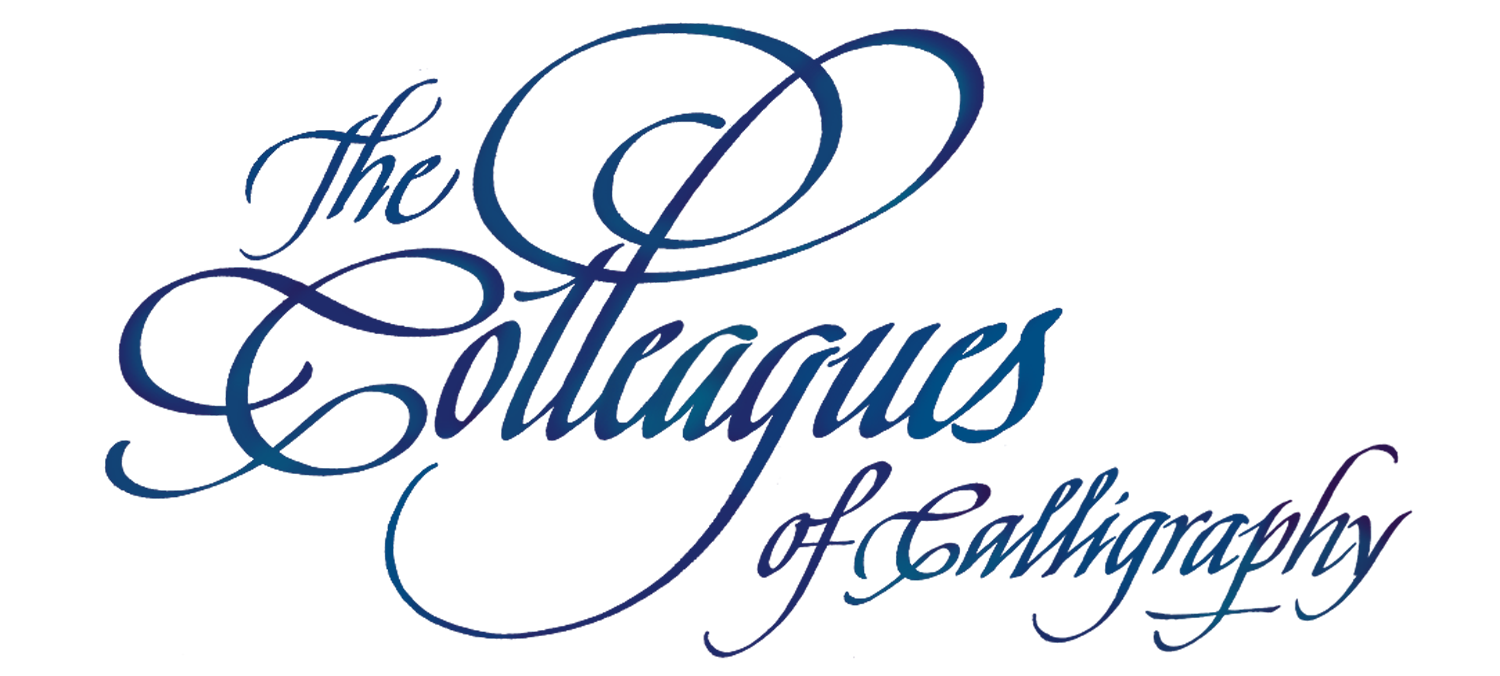It was a dark and stormy afternoon, as the acolytes filed into the basement of Plymouth Congregational. Their heavy sack-cloth robes weighed them down, but their spirits remained light. Their voices, full of anticipation, filled the hallways and chapels. Soon they would hear from Erin Hart, author of The Book of Killowen. Recently completed, this is her fifth manuscript, and the rumors around the content were swirling almost as much as the thick fog which hid the bats from view up above the cloisters. It was a murder mystery, and a calligrapher was a suspect.
That much is mostly true! On February 16, 2019, Erin Hart shared her story with the Colleagues. It all got started with her writing of Haunted Ground (2003). Her publisher responded with, “This is a series, right?” And so it became one.
Erin’s most recent book is The Book of Killowen (2013). It’s inspired by some amazing true events. In 2006, in County Tipperary, an early medieval Christian psalter was found in a peat bog, the psalter estimated to have been written in 800 CE. To find a book that is more than 1000 years old, and with its original binding, is of international significance.
A few calligraphic notes about the artifact:
In conservation, sometimes letters remained where a page did not. This is because the ink used was oak gall, which is full of tannic acid and was consequently preserved.
The pages are vellum, wrapped in pigskin, just like other old manuscripts of that era.
The book is lined in papyrus, which offers the first physical evidence of exchange between monks in North Africa and in Ireland.Erin continued her research, on such topics as vellum, inks, Books of Secrets (monasteries’ books of recipes for inks), and so on. She learned that “Roman vitriol is a caustic ingredient for ink, not just Irish sentiment about Roman rule!”
All in all, she was very intrigued by calligraphy, by the vibrant yellows, reds, and greens that webbed words into patterns; by the clear philosophy of the preservation of stories, even as one disagreed with them, that calligraphy represented. She also appreciated the humor that monks had conveyed in their work, via marginalia such as “Do not reproach me about these letters. The ink is bad, the day is long, the parchment scanty, the day dark.” These sentiments have apparently plagued calligraphers for one thousand years! Let that be an inspiration to us as we go about our letters.







